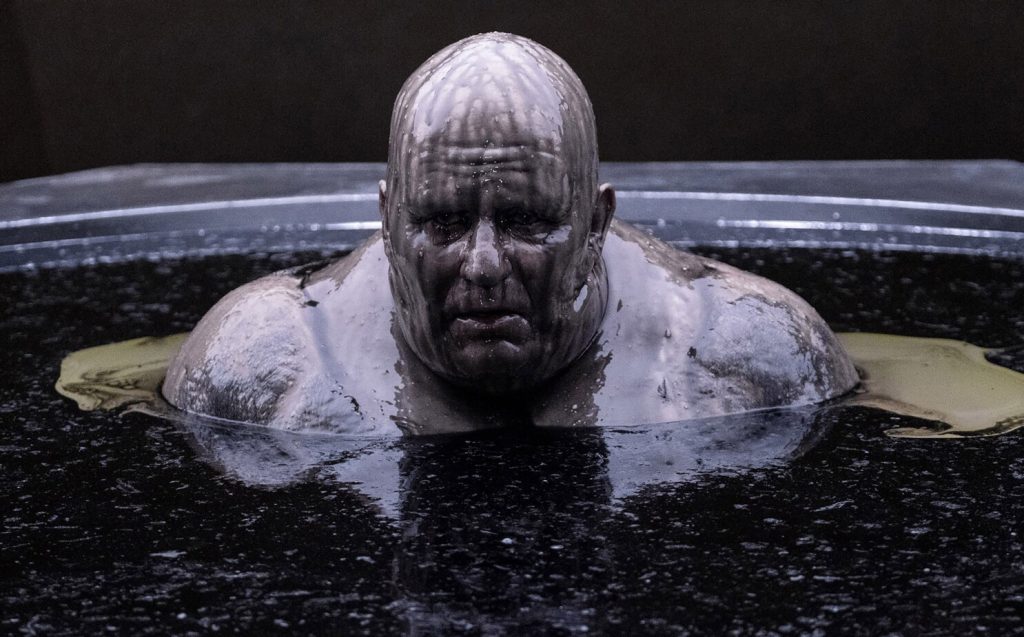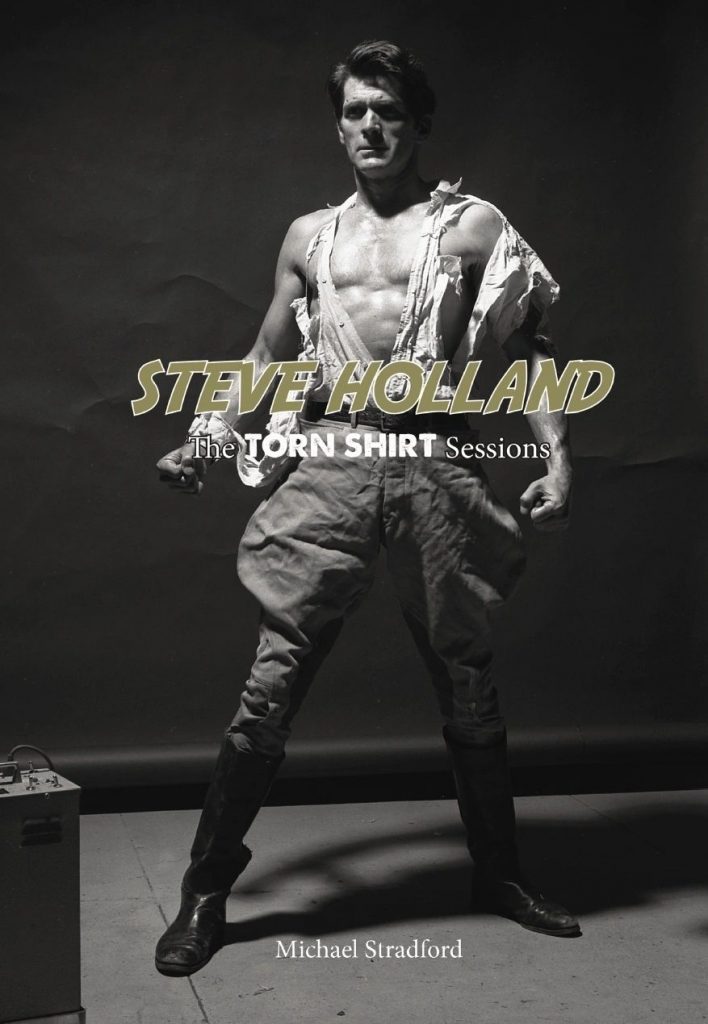Search
-
Recent Posts
- Dishing up Pulp Curry in a new way: why I am starting a Substack newsletter
- Book reviews: Deadly dames, midcentury Brit pulp and 1970s science fiction
- Mackenna’s Gold (1969): Gold, Ghosts and Frontier Violence
- Orphan Road book launch
- Orphan Road now available
- Pre-orders open for my new novel, Orphan Road
- Cover reveal: Orphan Road, my follow up to Gunshine State
- Breakfast in the Ruins podcast: New English Library Bikermania
- Why 1973 was the year Sidney Lumet took on police corruption
- Men’s Adventure Quarterly: Gang Girls issue
Categories
- 1960s American crime films
- 1970s American crime films
- 1980s American crime films
- 1990s American crime films
- Adrian McKinty
- Albert Dekker
- Andre De Toth
- Angela Savage
- Angie Dickinson
- Anthony Zerbe
- Asian noir
- Australian crime fiction
- Australian crime film
- Australian noir
- Australian popular culture
- Australian pulp fiction
- Australian television history
- Ava Gardner
- Beat culture
- Belmont Tower Books
- Ben Wheatley
- Billie Whitelaw
- Black pulp fiction
- Blaxsploitation
- Book cover design
- Book Reviews
- British crime cinema
- British pulp fiction
- Bryan Brown
- Burt Lancaster
- Carter Brown
- Charles Durning
- Charles Willeford
- Chester Himes
- Christopher G Moore
- Christopher Lee
- Cinema culture
- Claude Atkins
- Coronet Books
- Crawford Productions
- Crime Factory
- Crime Factory Publications
- Crime fiction
- Crime fiction and film from Africa
- Crime fiction and film from Cambodia
- Crime fiction and film from China
- Crime fiction and film from India
- Crime fiction and film from Indonesia
- Crime fiction and film from Japan
- Crime fiction and film from Laos
- Crime fiction and film from Latin and Central America
- Crime fiction and film from Malaysia
- Crime fiction and film from New Zealand
- Crime fiction and film from Scandinavia
- Crime fiction and film from Singapore
- Crime fiction and film from South Korea
- Crime fiction and film from Thailand
- Crime fiction and film from the Philippines
- Crime Fiction and film set in Vietnam
- Crime film
- Dangerous Visions and New Worlds Radical Science Fiction 1950 to 1985
- David Goodis
- David Peace
- David Whish-Wilson
- Derek Raymond
- Diana Dors
- Dirk Bogarde
- Don Siegel
- Don Winslow
- Donald Westlake aka Richard Stark
- Dystopian cinema
- Ernest Borgnine
- Eurocrime
- Fawcett Gold Medal Books
- Femme fatale
- Fernando Di Leo
- Filipino genre films
- Film Noir
- Forgotten Melbourne
- French cinema
- French crime fiction
- Garry Disher
- Gene Hackman
- George V Higgins
- Georges Simenon
- Ghost Money
- Giallo cinema
- Gil Brewer
- Girl Gangs, Biker Boys and Real Cool Cats: Pulp Fiction & Youth Culture, 1950-1980
- Gloria Grahame
- Gold Star Publications
- Gregory Peck
- Gunshine State
- Heist films
- Horror
- Horwitz Publications
- Humphrey Bogart
- Ian Fleming
- Interviews
- Ira Levin
- James Caan
- James Crumley
- James Ellroy
- James Hadley Chase
- James Woods
- Jim Brown
- Jim Thompson
- Joel Edgerton
- John Frankenheimer
- Joseph Losey
- Karen Black
- Kerry Greenwood
- Kinji Fukasaku
- Larry Kent
- Laura Elizabeth Woolett
- Lee Marvin
- Leigh Redhead
- Lindy Cameron
- M Emmet Walsh
- Mad Max
- Mafia
- Malla Nunn
- Martin Limon
- Megan Abbott
- Melbourne International Film Festival
- Melbourne Writers Festival
- Men's Adventure Magazines
- Michael Caine
- Michael Fassbender
- Mickey Spillane
- Monarch Books
- Ned Kelly Awards
- Neo Noir
- New English Library
- Newton Thornburg
- Noir Con
- Noir fiction
- Non-crime reviews
- Oren Moverman
- Orphan Road
- Ozsploitation
- Pan Books
- Parker
- Paul Newman
- Peter Boyle
- Peter Corris
- Peter Strickland
- Peter Yates
- Poliziotteschi
- Pulp fiction
- Pulp fiction in the 70s and 80s
- Pulp fiction set in Asia
- Pulp Friday
- Pulp paperback cover art
- Qui Xiaolong
- Raymond Chandler
- Richard Burton
- Richard Conte
- Robert Aldrich
- Robert Mitchum
- Robert Ryan
- Robert Stone
- Rock Hudson
- Roger Smith
- Rollerball
- Rosaleen Norton
- Roy Scheider
- Rural noir
- Sam Levene
- Sam Peckinpah
- Samuel Fuller
- Science fiction and fantasy
- Scripts Publications
- Sidney Lumet
- Sidney Poitier
- Simon Harvester
- Snowtown
- Snubnose Press
- Spies
- Stanley Baker
- Sterling Hayden
- Steve McQueen
- Sticking it the the Man Revolution and Counter Culture in Pulp and Popular Fiction 1950 1980
- Stuart Rosenberg
- Tandem Books
- Tart noir
- Tartan Noir
- Ted Lewis
- Toni Johnson Woods
- True crime
- Vicki Hendricks
- Victor Mature
- Vintage mug shots
- Vintage pulp paperback covers
- Wallace Stroby
- War film
- Westerns
- William Friedkin
- Woody Strode
- Yakuza films
- Yaphet Kotto
Nothing but noir
Recommended reading
The lurid world of pulp
- 20th century Danny Boy
- American Pulps
- Bear Alley
- Bloody, Spicy, Books
- Comics Down Under
- Everything second hand
- Existential Ennui
- Greenleaf Classic Books
- Irv O. Neil's Erotica is My Trade
- Killer Covers
- Lost Classics of Teen Lit 1939-1989
- Luminist Archives
- Men's Pulp Mags
- Mporcius Fiction Log
- Murder, Mayhem and Long Dogs
- Neglected Books
- Nocturnal Revelries
- Paperback Warrior
- Paperbacks of the Gods
- Pop Sensation
- Pulp artists
- Pulp Covers
- Pulp Crazy
- Pulp Flakes
- Pulp International
- Pulp Magazines Project
- Pulp Serenade
- Realms of the Night
- Romance Fiction Has a History
- Rough Edges
- Sin Street Sleaze
- Spy Guys and Gals
- The department of Afro American Research Arts & Culture
- The Dusty Bookcase
- The Haunted World of Richard Sala
- The Moon Lens
- The Nick Carter & Carter Brown Blog
- The Pulp & Paperback Fiction Reader
- Too Much Horror Fiction
- True Pulp Fiction
- Vault of Horror
- Vintage Nurse Romance Novels
- Vintage Romance Novels
- Welcome to the Pan Paperback
- Yellow and Creased
Support This Site
If you like what I do please support me on Ko-fi
Category Archives: Book Reviews
The bleak, propulsive noir of Georges Simenon’s Romans Durs
If forced to nominate any positives at all out of the last two years of global pandemic, it is the increased time I’ve had to read. In the first year of Covid I made good on a long-standing desire to read John le Carré’s George Smiley books. A literary focus of 2021 was the work of the Belgium born writer, Georges Simenon. Simenon’s output was a staggering 400 novels, although some have claimed he wrote as many as 500. The best known of these is his acclaimed series of crime procedurals featuring the French police detective Jules Maigret, 75 of which appeared between 1931 and 1972 (Simenon died in 1989). But my interest in Simenon is in his other, somewhat more shadowy body of work, his so-called romans durs or ‘hard novels’: tightly plotted, intensely psychological, often quite slim stand-alone volumes that have so far yielded some of the best noir fiction I can remember reading.
My latest piece for the US site CrimeReads, on the bleak psychological noir of Simenon’s Romans Durs is live and can be read in full here.… Read more
Dangerous Visions & New Worlds: the reviews so far & upcoming two-day City Lights SF symposium
It has been a couple of months since my latest collaboration with Iain McIntyre, Dangerous Visions and New Worlds: Radical Science Fiction, 1950-1985, hit the shelves in the US, and a lot has been happening. So, a short update is in order.
The book, available via the publisher PM Press, as well as all other book selling platforms has been well received. It made The Washington Post’s list of best science fiction, fantasy and horror books for 2021, and was also postively reviewed – twice – on the influential science fiction site, Locus. Ian Mond wrote in one of these reviews that ‘With its gorgeous interiors and thoughtful, detailed essays, I know that Dangerous Visions and New Worlds will inform newbies like myself while providing those familiar with the subject matter a contemporary perspective on the New Wave’s radical antecedents and the influential foundational texts the movement produced’ (you can read Mond’s full review here).
Our book was generously reviewed in Forbes magazine, on one of my favourite sites, We Are the Mutants, and for Counterpunch. I was also a guest on the wonderful British podcast, Breakfast in the Ruins. You can listen to the discussion, which ranged from new wave science fiction, to Norman Jewison’s 1975 film Rollerball, and the wonder that is New English Library’s teensploitation novels of the 1970s, in full here.… Read more
Posted in Book Reviews, Dangerous Visions and New Worlds Radical Science Fiction 1950 to 1985, Dystopian cinema, Pulp fiction, Pulp fiction in the 70s and 80s, Pulp paperback cover art, Rollerball, Science fiction and fantasy
Tagged City Lights Books, Dangerous Visions and New Worlds Radical Science Fiction 1950 to 1980, Locus magazine, Marge Piercy, Michael Moorcock, PM Press, Samuel Delany, Terry Bisson
Pulp Friday: Torn shirts & maneaters
Today’s Pulp Friday post looks at two pulp-related projects that I think should be on your radar.
The first is Michael Stradford’s Steve Holland: The Torn Shirt Sessions. Many of you have probably have not heard of Steve Holland but if you collect pulp paperbacks, I can almost guarantee that you will have seen his face on covers that you have from the 1950s to the 1980s. Holland was one of the foremost paperback cover models over this period and certainly the most used male model I am aware of.
While I was familiar with Holland’s chiselled features from the cover art of numerous books in my possession long before I realised who he was, since learning his name it seems like I, literally, cannot go into second-hand bookshop or browse pulp art the internet without stumbling across him. He not only modelled for paperbacks, but for the covers of men’s adventure magazines and comic books, in every conceivable genre. In the process, he worked with some of the foremost pulp illustrators of the 20th century, including Mort Kunstler, Roger Kastel, and Ron Lesser, just to name a few.
One of the characters Holland is most closely associated with is Doc Savage, The Man of Bronze. A fictional character who first appeared in American pulp magazines in the 1930s, Doc Savage transitioned to the paperback format in the mid-1960s.… Read more
Posted in Book Reviews, Pulp fiction, Pulp fiction in the 70s and 80s, Pulp fiction set in Asia, Pulp Friday, Pulp paperback cover art, Vintage pulp paperback covers
Tagged Bob Deis, Bob Larkin, Doc Savage Man of Bronze, Eva Lynd, Joe DeVito, Maneaters Killer Sharks In Men's Adventure Magazines, Mens Adventure Library Journal series, Michael Stradford, Mort Kunstler, New Texture, Roger Kastel, Ron Lesser, Sharks in pulp fiction, Steve Holland, Steve Holland: the Torn Shirt Sessions, Steve Holland: The World's Greatest Art Model, Wyatt Doyle
Book Review: The Real Diana Dors
One of the reasons I was interested in reading Anna Cale’s recently released biography of the late British actress Diana Dors, The Real Diana Dors, is that I was curious to test out what I thought I knew about Dors and the reality of her life. What I was pretty certain about, and Cale confirms, is that Dors was stereotyped from the beginning of her career as either the sultry femme fatale bad girl or, as she herself once wrote, ‘the flighty, sexy little thing who pops in and out of the story whenever a little light relief seems to be called for.’
What I didn’t know, that Cale’s book taught me, was what a determined, serious, and hard headed performer Dors was. She accumulated a hundred screen credits in a career that began with her first bit part in the 1947 crime drama, The Code of Scotland Yard, to her last film role, Steaming, which appeared in 1985, a year after she died at the age of just 54. She resisted attempts to stereotype when she could, and no doubt like a lot of post war actresses undoubtedly had the talent and drive to be even bigger if not for various factors, of which beginning her career in the morally conservative, sexually hypocritical Britain of the late 1940s and early 1950s, was a major one.… Read more
Posted in Book Reviews, British crime cinema, British pulp fiction, Christopher Lee, Crime film, Diana Dors, Film Noir, Victor Mature, Westerns
Tagged Anna Cale, Christopher Lee, Clair Bloom, David Lean, Diamond City (1949), Diana Dors, Joan Collins, L. Kee Thompson, Laura del Rivo, Michael winner, Nothing but the Night (1973), Oliver Twist (1948), Rod Steiger, Terence Fisher, The Furnished Room, The Last Page (1952), The Long Haul (1957), The Real Diana Dors, The unholy Wife (1957), Tread Softly Stranger (1958), Victor Mature, West 11 (1963)

























